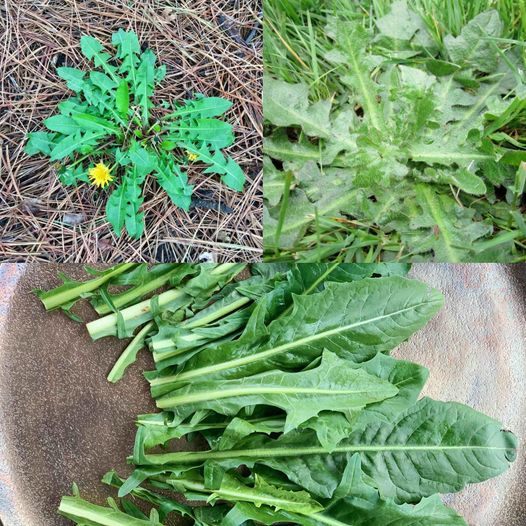Your mother may have experienced the incredible benefits of eggshells, which are an often-overlooked source of essential minerals, particularly calcium, that can support bone and joint health. Eggshells contain nearly 90% calcium carbonate, which is vital for maintaining strong bones, teeth, and cartilage. Here’s how eggshells can help alleviate knee and bone pain and how to use them effectively.
Why Eggshells Help with Bone and Joint Pain
- High in Calcium: Eggshells are rich in calcium, which plays a critical role in bone density and strength. By providing an additional source of calcium, eggshells can help manage or prevent conditions like osteoporosis or arthritis, which are common causes of joint and bone pain.
- Contains Other Beneficial Minerals: In addition to calcium, eggshells contain small amounts of other important minerals like magnesium, phosphorus, and collagen, which are essential for joint health and cartilage repair.
- Anti-inflammatory Properties: Some studies suggest that the collagen and other components in eggshell membranes (the thin layer inside the shell) may have anti-inflammatory properties that help reduce pain and improve joint mobility.
How to Prepare Eggshell Powder for Bone Health
Ingredients:
- Eggshells from 6-12 eggs
- Lemon juice (optional)
Instructions:
- Clean the Eggshells:
- Thoroughly wash the eggshells in warm water to remove any egg residue, but avoid using soap. Allow them to dry completely.
- Bake the Eggshells:
- Preheat your oven to 200°F (93°C). Place the cleaned eggshells on a baking sheet and bake for about 10 minutes. This sterilizes the shells, making them safe for consumption.
- Grind the Eggshells:
- Once the eggshells are cool, grind them into a fine powder using a coffee grinder, blender, or mortar and pestle. The powder should be as fine as possible to aid in absorption.
- Store the Powder:
- Store the eggshell powder in an airtight container and keep it in a cool, dry place.
How to Use Eggshell Powder for Joint and Bone Pain Relief
1. Add to Smoothies or Drinks
- Dosage: Take 1/2 teaspoon of eggshell powder daily, mixed into a smoothie, juice, or even yogurt. The powder can be blended well to make it easier to consume.
- Tip: Adding a splash of lemon juice can help dissolve the calcium from the eggshells, making it more bioavailable for your body.
2. Mix with Food
- You can sprinkle eggshell powder on your food, such as soups or stews, or mix it into baked goods. It’s tasteless and easily hidden in many dishes.
3. Eggshell and Lemon Juice Paste for Joint Application
- For a topical application, you can make a paste with eggshell powder and lemon juice. Apply this paste directly to the knees or areas of bone pain.
Instructions:
- Mix 1 tablespoon of eggshell powder with the juice of one lemon.
- Let the mixture sit for a few minutes to form a paste.
- Apply the paste to the affected area and leave it on for about 30 minutes before rinsing off. This method helps soothe inflammation and pain in the joints.
Benefits After Consistent Use
- Stronger Bones: With regular consumption, you may notice stronger bones and improved joint mobility.
- Reduced Pain: The calcium and minerals from eggshells can help reduce bone pain and joint discomfort, especially if the pain is related to calcium deficiency or degenerative conditions like osteoarthritis.
- Improved Joint Function: The collagen in the eggshell membrane may help in joint repair, promoting better flexibility and reducing stiffness.
Precautions
- Consult a Doctor: If you have a serious health condition or are taking medication, consult your doctor before incorporating eggshell powder into your diet, especially if you’re already on calcium supplements.
- Avoid Overconsumption: Too much calcium can lead to hypercalcemia, which can cause health issues such as kidney stones. Stick to recommended doses (1/2 teaspoon daily).
- Ensure Proper Sterilization: Always bake the eggshells before consuming them to eliminate the risk of bacterial contamination.
By adding eggshell powder to your daily routine, you can support your bone and joint health naturally, just like your mother did! This simple, cost-effective remedy can help alleviate pain and improve mobility, allowing you to feel better without the need for expensive medications.









